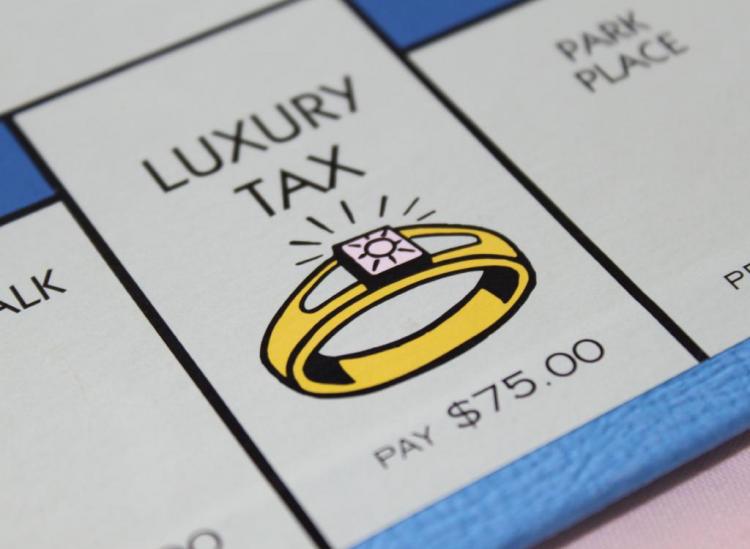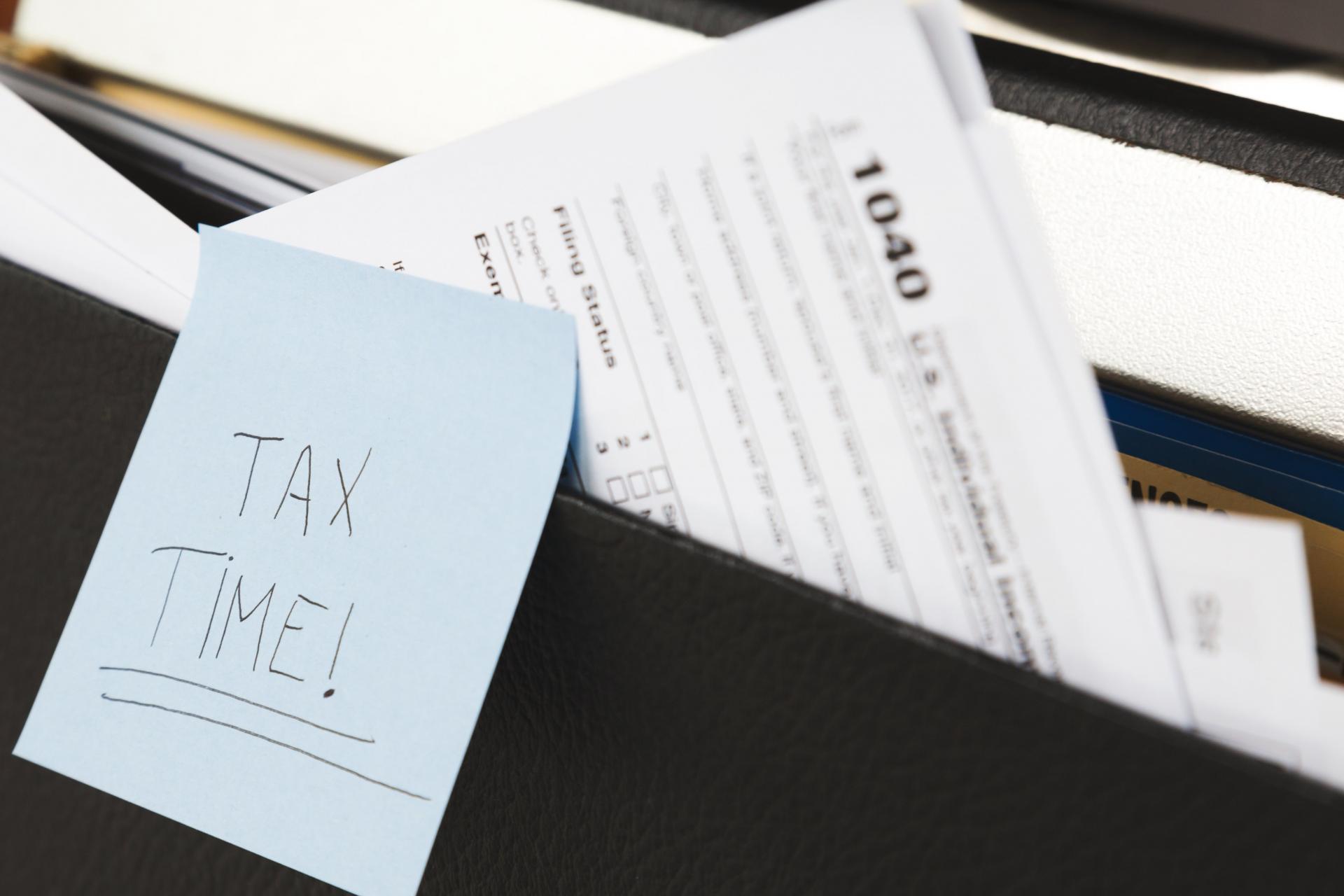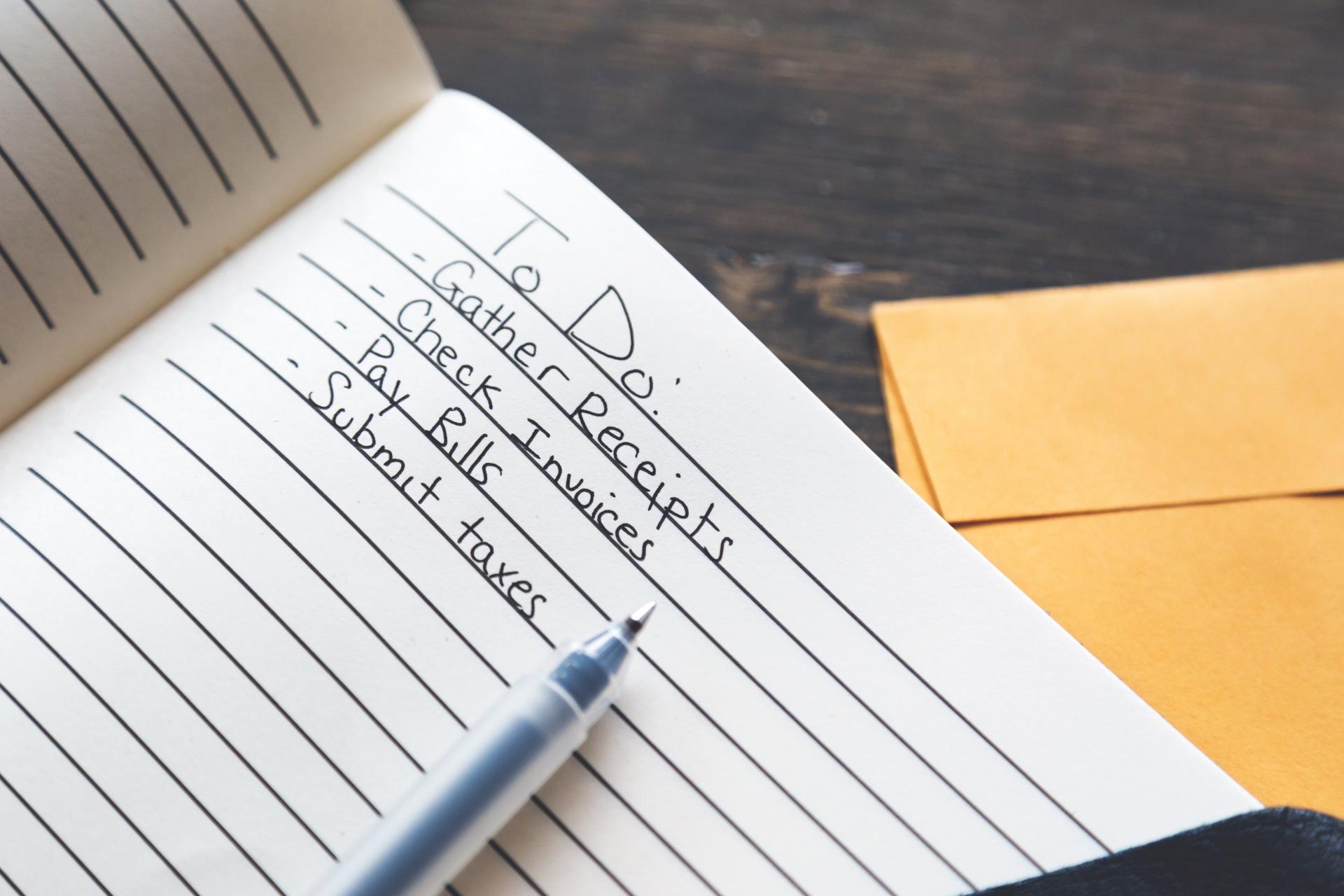Here’s How To Sail Through Tax Season Like A Badass

Flickr / Philip Taylor PT
If you’re approaching tax season — or you just really want to know what the hell you’re doing when you get there — it’s time to tune in. We’re about to lay out easy-to-follow steps you can take to complete your taxes without any muss, fuss or lack of trust in yourself.
Before we jump in, it’s important to know that there were a lot of changes to the tax bill in late 2017 and early 2018, which will most likely affect the way you file your taxes in 2019. However, some of the simple steps are the same, so don’t stress too much. You’ll be filing your taxes (and hopefully getting a refund) in no time.
Step 1: Figure out if you’re eligible to file taxes.
A few main factors indicate whether you need to file taxes: your age, your filing status and your income.
When it comes to age, you need to file a tax return if you’re under the age of 65 and no one can claim you as a dependent on their taxes (like your parents). If you’re not a student and under the age of 19, or a student and under the age of 24, and made less than $4,150 in 2018, your parents may be able to claim you as a dependent on their taxes, which means you don’t need to file separately. If you’re a qualifying relative dependent, you may also not have to file taxes.
Your filing status matters for taxes because you file differently depending on if you’re single or married. And lastly, your income matters because if you made less than the standard deduction amount throughout the year, you may not need to file.
For the 2018 tax year (filed in 2019), the basic rules are if you’re single and no one can claim you as a dependent, under the age of 65 and made more than $12,000 as an employee in 2018, you must file taxes. If you’re self-employed, you must file taxes if you made more than $400 in 2018. And if you’re married, filing jointly, you must file taxes if you and your partner made more than $24,000 combined in 2018.
Step 2: Know the deadlines.

Burst/Sarah Pflug
You may have heard that you can generally file taxes until the middle of April, but you should know that the specific cut-off date changes each year. In 2019, the deadline is Monday, April 15. The Internal Revenue Service typically makes an announcement about each year’s deadline at the beginning of tax season, which begins at the end of January. The best rule of thumb, though, is to just file as soon as you receive all of your tax forms from clients and/or employers.
Step 3: Gather all necessary documents.
This part may be the most strenuous of them all, not because the documents are difficult to track down (though some can be), but because there are so many. Below are the basic forms that employed or self-employed people may need in order to file their taxes properly:
W-2 Form: This is the form your employer should mail you by the end of January. They also send a copy to the IRS. A W-2 form reports how much money you made and how much money you paid in taxes throughout the year. The W-2 will help indicate if you owe money to the IRS, if the IRS owes you money or if you broke even during tax season.
1099-MISC Form: This form is for anyone who side-hustled, freelanced or just made extra income over $400. Typically, these forms are sent to you by your client or employer. But if they haven’t shared them with you, you can access it online and fill it out on your own. Be careful — even if you think you don’t need to file for work that hasn’t *technically* been documented or for money that you made on the side, the IRS will come after you. That’s untaxed money, so don’t play around. As a side-hustler, you technically qualify as someone with self-employment income, which means that the information that’s on the 1099-MISC form will need to be reported on form 1040.
Miscellaneous Income: If you received money from contests, prizes, jury duty, lottery winnings gambling, investments and more, you must report these amounts on form 1040.
Pro Tip: Use a trusted online tax service or accountant to file your taxes. You can do them yourself and save money or pay to have an accountant file them for you. Either way, you’ll be walked through everything step by step so you don’t miss reporting a penny of your 2018 income and taxes. More on this in Step 4.

Burst/Sarah Pflug
You may also receive these forms during tax season, depending on your situation:
- 1098 Form: If you had student loans and/or made qualified tuition payments to a higher education institution (like a college or graduate school), you’ll receive this form. It indicates how much interest you paid on those loans, as well as the amount of tuition you paid throughout the year.
- 1095 Form: If you had health insurance directly through Healthcare.gov and/or your employer, you’ll receive a 1095 form (there are a few versions), which allows you to report your coverage for that tax year.
- Form 1099-G: If you were unemployed anytime throughout the year and collected unemployment benefits, you’ll receive form 1099-G, which will allow you to file that income and tax.
- Investments: If you have a retirement account, investment accounts or any other type of account that you earn interest on, you’ll receive a specific 1099 form to report any gains and losses.
Of course, depending on your situation, you may receive more forms in the mail before filing your taxes, so keep an eye out for those. And, if you weren’t aware, there are a lot of ways to save money when filing taxes, like deducting certain expenses you paid throughout the year. Keep track of any receipts that will help you easily deduct them and save more.
Step 4: Choose a method to file.
After you’ve gathered all of your necessary forms, you have two options: pay an accountant to do your taxes for you or do them yourself.
If you pay an accountant, all you have to do is hand them your forms and be available in case they have questions. But if you decide to do your taxes yourself, you can consult easy-to-use, free (or affordable) websites like TurboTax, Liberty Tax, H&R Block, TaxAct, Credit Karma Tax and more for assistance. And if you need some more hands-on help while filing your taxes, but don’t want to pay someone to do all your taxes for you, you can score free consultations with tax professionals through websites like My Free Taxes.
Pro Tip: Filing electronically may help you get your refund faster.
Step 5: Know what to do if you accidentally did something wrong.
Hey, people make mistakes. If you didn’t file your tax return correctly, you’re not doomed! Just file form 1040X, which will allow you to amend your income tax return. Once you attach the 1040X form to the rest of your forms, you’ll be good to go.
Once you’ve taken these steps, it should be smooth sailing. Tax season can be stressful, but hopefully our guide will help you. At the end of the day, the only struggle we want you to have is figuring out what to do with your tax refund!
RELATED
6 Tax Deductions You Didn’t Know You Could Make
If You Can’t Afford To Pay Your Taxes In Full, Here’s What You Should Do
If You Got A Tax Audit, Don’t Panic — Here’s What To Do











